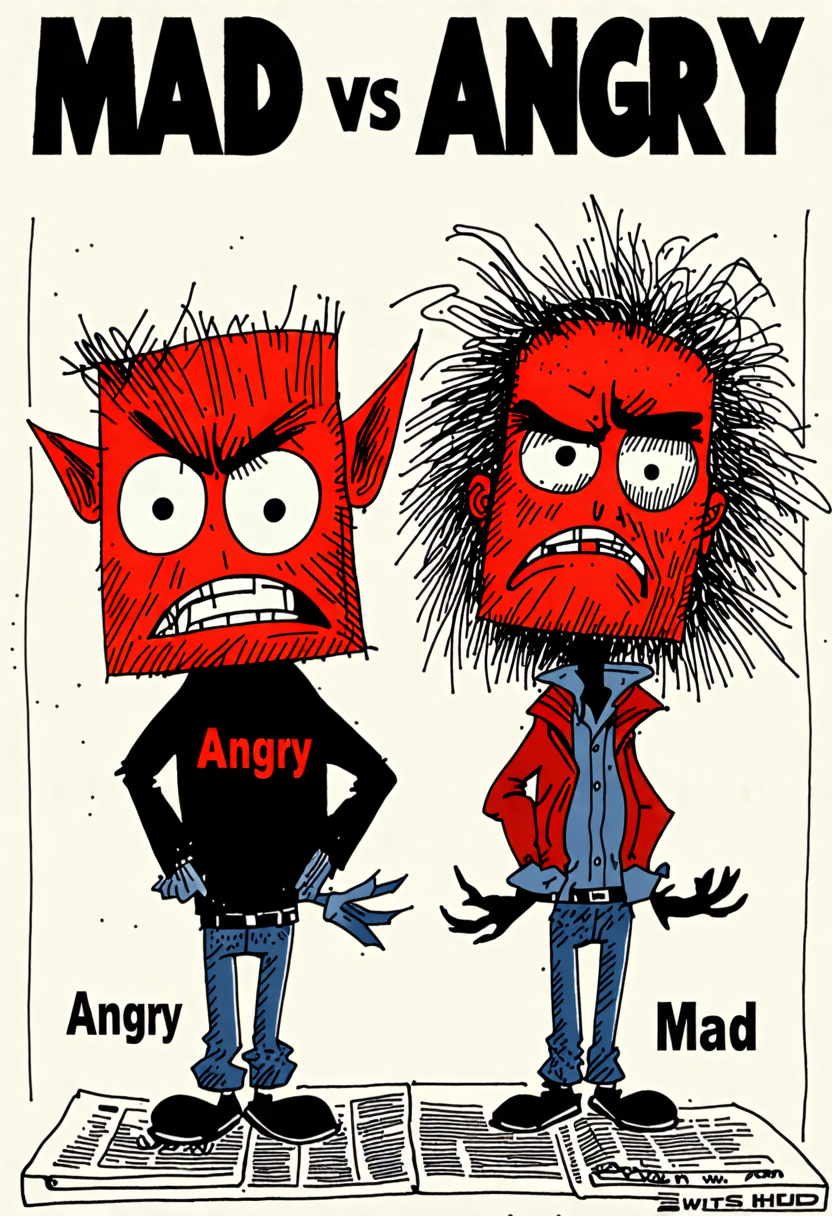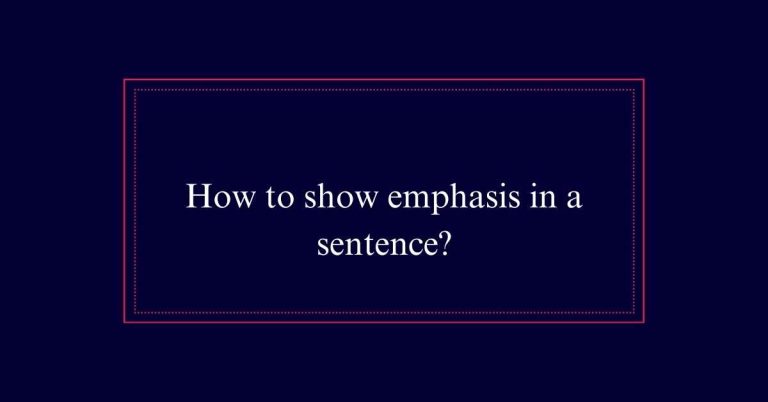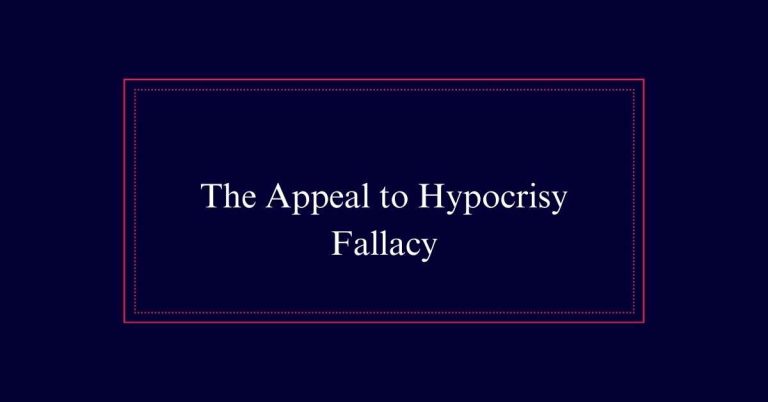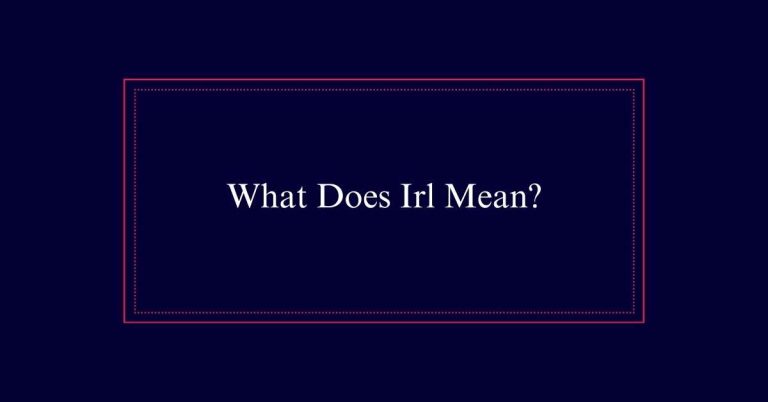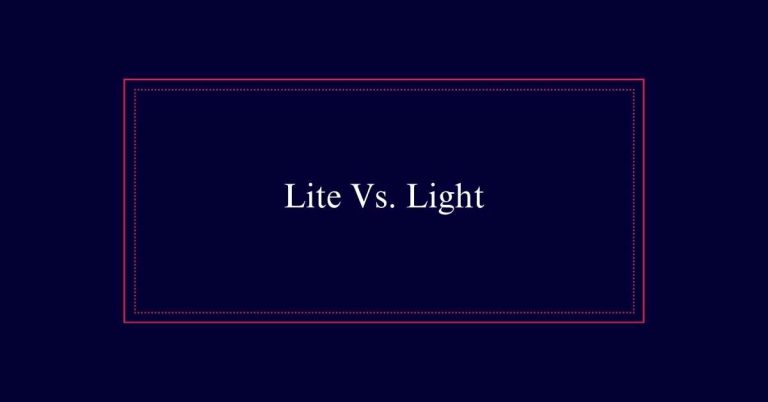Why Do People Get so Upset About “Mad” and “Angry”?
People get upset about the terms “mad” and “angry” due to their historical and cultural complexities. “Mad” originated in Old English, meaning ‘out of one’s mind,’ later evolving to include intense anger. American and British English use “mad” differently, with Americans often meaning angry while the British retain the notion of mental instability. This causes confusion and emotional reactions. Additionally, “angry” is more commonly used today, overtaking “mad” in frequency and clarity. Words shape our emotions and identities, leading to strong feelings about their meanings.
Historical Meanings of ‘Mad’
Historically, the term ‘mad’ originated from Old English, where it meant ‘out of one’s mind.’
Over time, ‘mad’ evolved to describe not only mental instability but also intense anger. In the context of literature, Shakespeare often used ‘mad’ to convey both madness and fury, demonstrating its dual meanings.
This evolution highlights the fluid nature of language. Dictionaries like Merriam-Webster have documented these shifts, reflecting how words adapt to societal changes.
The term ‘mad’ has therefore shifted from a descriptor of mental states to a common term for anger, particularly in certain regions.
This historical journey underscores the dynamic character of language and its ability to encompass new meanings while retaining old ones.
‘Mad’ in American Vs. British English
In American English, ‘mad’ is commonly used to mean ‘angry,’ whereas in British English, it more often retains its original meaning of ‘mentally unstable.’ This difference can lead to confusion in cross-cultural communication.
In the U.S., saying ‘I’m mad at you’ is clearly understood as anger. However, in the U.K., it might imply a question of one’s sanity. This variance highlights how language evolves differently in distinct regions.
American English has broadened ‘mad’ to encompass a wider emotional range, while British English maintains a more traditional usage. Understanding these differences is essential for effective communication and avoiding misunderstandings in international contexts.
Shakespeare’s Use of ‘Mad’
Shakespeare’s works provide notable examples of using ‘mad’ to convey anger, reflecting the term’s historical flexibility. In plays like ‘Hamlet’ and ‘King Lear,’ Shakespeare uses ‘mad’ not only to denote madness but also to express intense anger. This dual usage highlights how the word’s meaning has evolved over time.
For instance, in ‘Othello,’ Othello’s rage is often described as madness, showing the overlap between anger and insanity. These examples illustrate that the word ‘mad’ has long been employed to describe both mental states and emotional intensity. Shakespeare’s nuanced use of language underscores the fluidity and adaptability of words, a key aspect of linguistic evolution.
Popularity of ‘Angry’ Over ‘Mad’
The term ‘angry’ is more commonly used than ‘mad’ in contemporary language. This preference is evident in search tools like Google Ngram Viewer, which show ‘angry’ appearing more frequently in published works. Data from Google News and the Corpus of Contemporary American English also support this trend.
The wider acceptance of ‘angry’ may be due to its clear and specific connotation of emotional upset, as opposed to ‘mad,’ which can also mean mentally unbalanced. This specificity makes ‘angry’ a more precise choice for writers and speakers.
Consequently, ‘angry’ has become the predominant term for expressing feelings of anger in modern communication. This trend highlights the evolving nature of language and societal preferences.

Language Evolution Over Time
Language evolves to mirror the ever-changing landscape of human society. This evolution is essential for effective communication. Words adapt to new contexts and societal changes, reflecting our dynamic lives.
The meanings of words can shift over time, adapting to new needs and uses. For example, ‘mad’ once meant ‘insane’ but now commonly means ‘angry,’ particularly in the United States.
This fluidity in language allows it to stay relevant. It helps people express current realities more accurately. Resistance to these changes can lead to unnecessary frustration.
Embracing the natural evolution of language enables us to communicate more effectively and stay connected. Language evolution is a testament to the adaptability and resilience of human communication.
Role of Dictionaries
Dictionaries play an essential role in documenting and reflecting current language use. They act as repositories of words, capturing their meanings as they evolve. This evolution is essential for language to stay relevant. For instance, the words “mad” and “angry” have seen shifts in usage over time. Dictionaries adapt to these changes, ensuring they reflect contemporary understanding.
| Word | Original Meaning | Current Usage | Region | Example |
|---|---|---|---|---|
| Mad | Out of one’s mind | Angry | U.S. | “I’m mad at you.” |
| Angry | Feeling strong displeasure | Unchanged | Both U.S. & U.K. | “I’m angry about this.” |
Descriptive Vs. Prescriptive Language
Many debates about word usage stem from the tension between descriptive and prescriptive approaches to language. Descriptive linguists observe and record how language is used. Prescriptive linguists set rules about how language should be used. This conflict is at the heart of the ‘mad’ versus ‘angry’ issue.
To understand this better, consider the following points:
- Descriptive Approach: Records and accepts evolving meanings, like ‘mad’ meaning ‘angry.’
- Prescriptive Approach: Adheres to traditional meanings and usage rules.
- Language Evolution: Shows that word meanings adapt over time, reflecting current societal norms.
Understanding these perspectives can help us appreciate why people react strongly to certain word usages.
Societal Impact on Language
Societal changes play an essential role in shaping and evolving language. As society progresses, new concepts and ideas emerge, demanding new words or altering existing ones. This evolution reflects cultural shifts, technological advancements, and changes in social norms.
For instance, the word ‘mad,’ initially meaning ‘insane,’ has evolved to also mean ‘angry’ in American English. These changes can lead to debates about proper usage, as language purists may resist evolving meanings. However, the adaptability of language guarantees it stays relevant and functional.
Societal influence on language underscores its dynamic nature, showing how collective experiences and changes drive linguistic evolution. Understanding this impact helps us embrace the natural progression of language over time.
Current Usage Trends
Recent analyses show that ‘angry’ remains the dominant term in modern language usage compared to ‘mad.’ This preference is reflected in various linguistic studies and tools.
For instance:
- Google Ngram Viewer: This tool shows ‘angry’ appears more frequently in books over time compared to ‘mad.’
- Corpus of Contemporary American English: ‘Angry’ is found much more often in contemporary texts.
- Google News: A search reveals ‘angry’ is more commonly used in headlines and articles.
These trends indicate a clear preference for ‘angry’ as the standard term for expressing the emotion of anger. While ‘mad’ is still used, especially in American English, ‘angry’ remains the more widely accepted and utilized term.
Embracing Language Changes
While ‘angry’ remains the dominant term, it is important to embrace the natural evolution of language. Language is not static; it reflects societal changes and adapts accordingly.
The term ‘mad’ has evolved from meaning ‘out of one’s mind’ to also signify ‘angry,’ especially in American English. This shift is documented by dictionaries like Merriam-Webster, which aim to describe, not prescribe, language use.
Accepting these changes enriches communication and acknowledges the dynamic nature of human interaction. Words gain new meanings over time, and this adaptability is essential for language to remain relevant.
Frequently Asked Questions
How Do Children Typically Differentiate Between ‘Mad’ and ‘Angry’?
Children typically differentiate between ‘mad’ and ‘angry’ based on context and exposure. They learn through observation, mimicking adults, and guidance from caregivers. Over time, they understand ‘angry’ as formal and ‘mad’ as informal or colloquial.
Are There Cultural Factors Influencing the Preference for ‘Angry’ Over ‘Mad’?
Cultural factors do influence the preference for ‘angry’ over ‘mad.’ In the U.S., ‘mad’ is often used to mean angry, while in the U.K., ‘angry’ is preferred. Historical and regional language evolution play significant roles.
What Are Common Synonyms for ‘Mad’ and ‘Angry’ in Modern Usage?
Common synonyms for ‘mad’ and ‘angry’ in modern usage include ‘furious,’ ‘irate,’ ‘enraged,’ ‘infuriated,’ ‘outraged,’ ‘incensed,’ and ‘livid.’ These terms reflect varying intensities of anger and are widely recognized and accepted.
